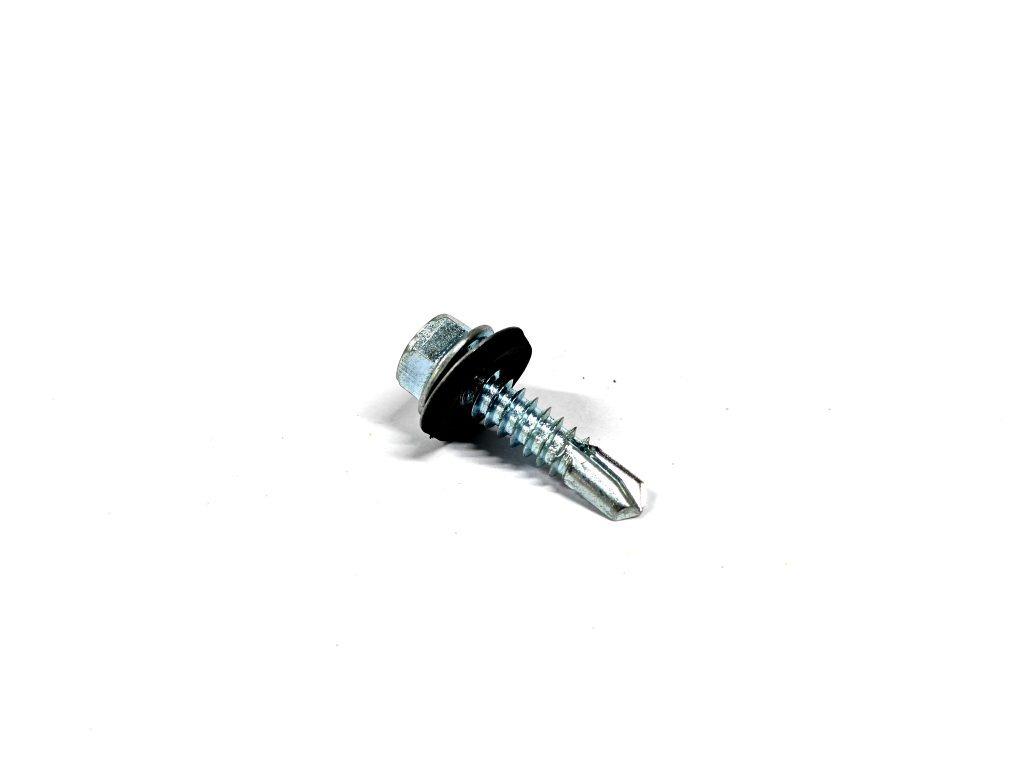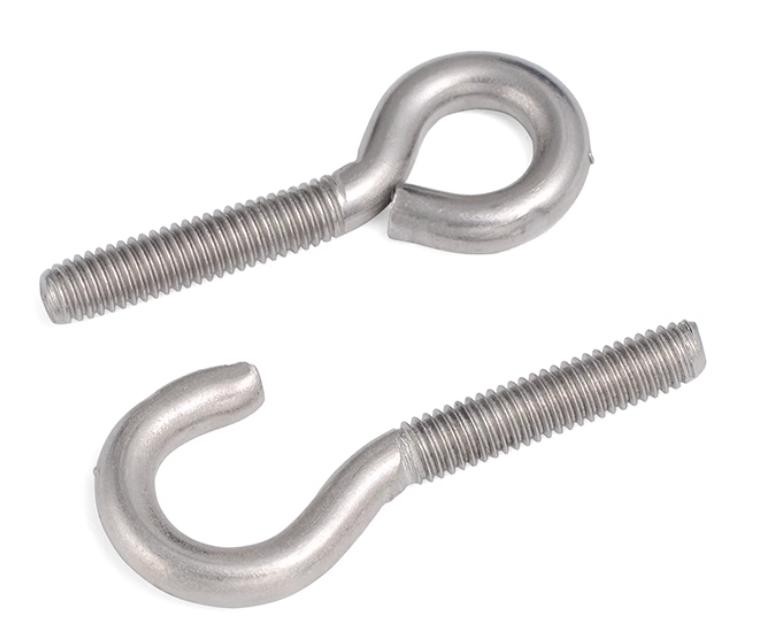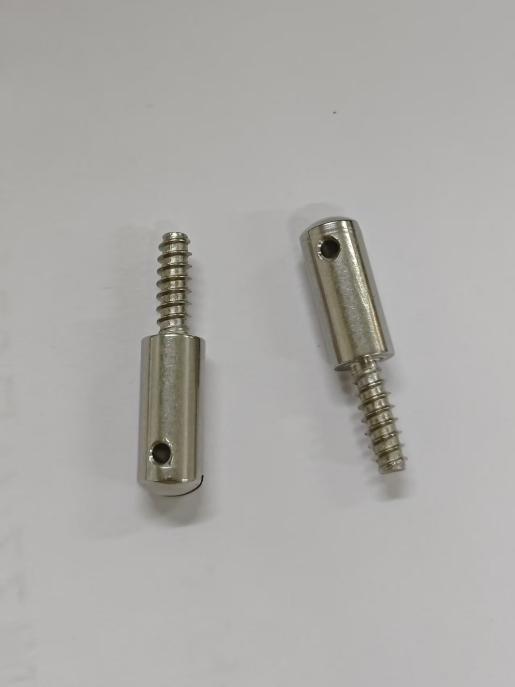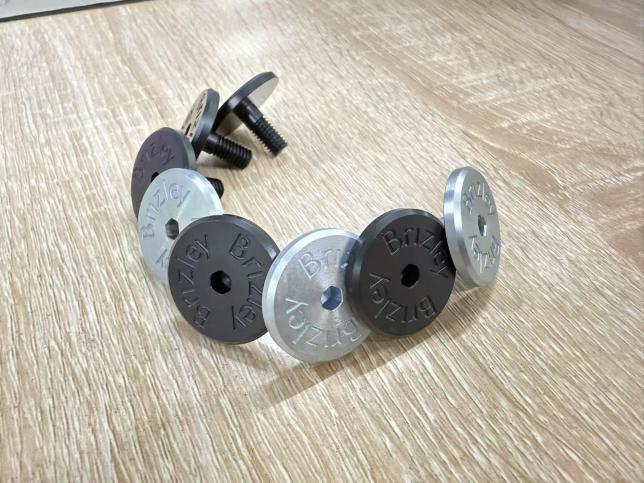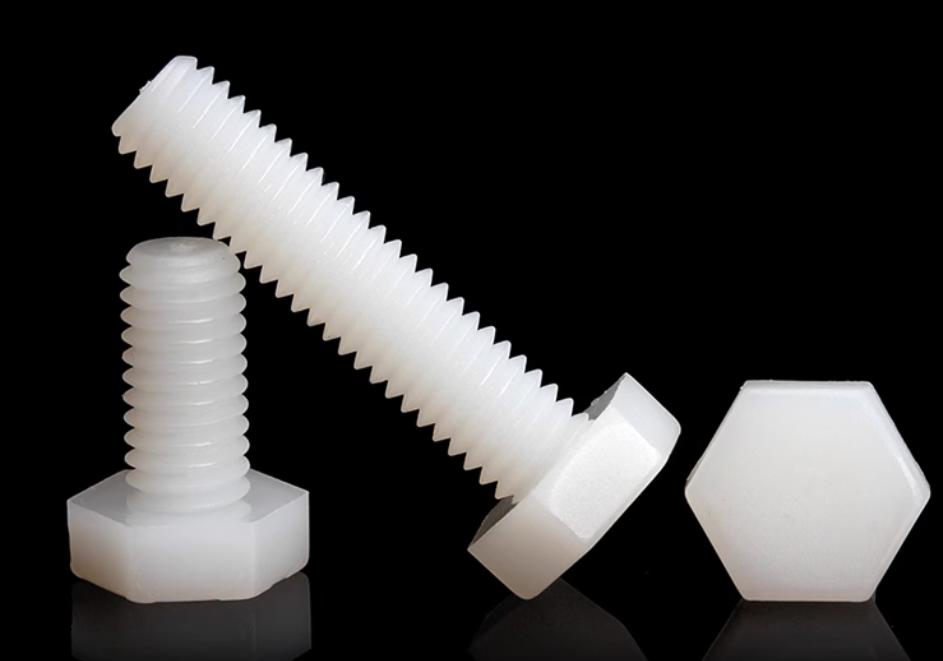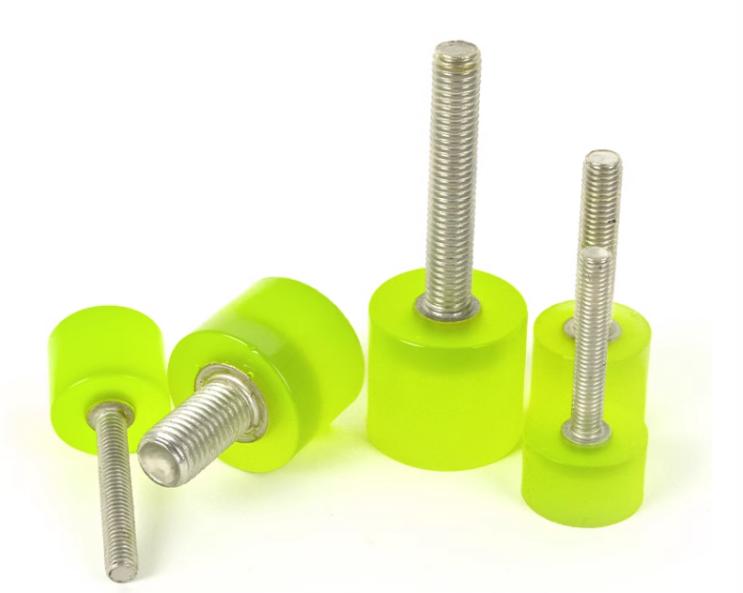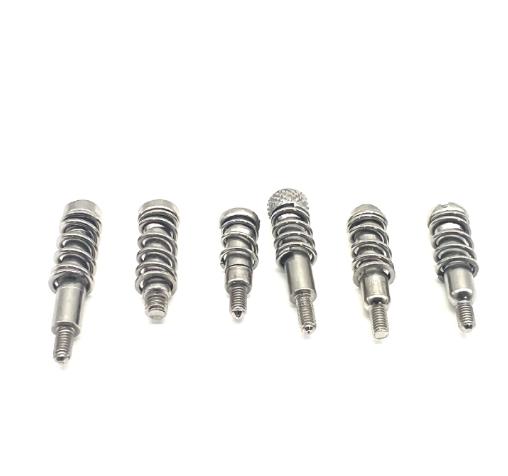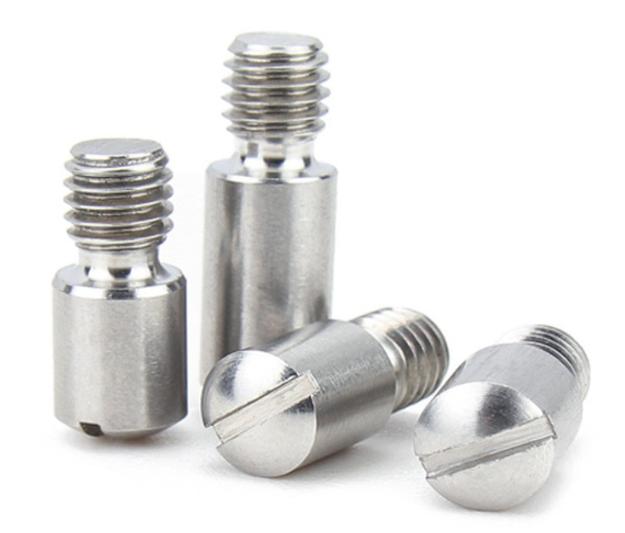Screw Threads: Types, Uses and How to Measure Their Pitch and Diameter
Screw threads are ubiquitous in our everyday lives, playing a crucial role in fastening, locking, motion transfer, and sealing applications. They come in various types, each tailored to specific needs and standards. In this article, we will explore the world of screw threads, examining their types, common uses, and how to measure their pitch and diameter accurately.
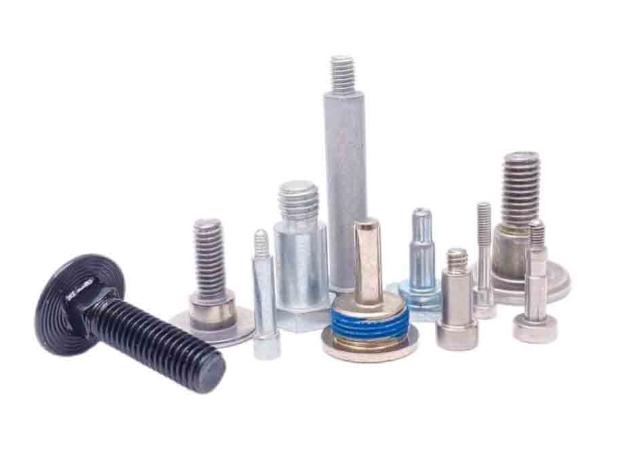
Types of Screw Threads
Screw threads are classified into two main types: external threads and internal threads.
- External threads: These threads are formed on the exterior of a rod or shaft. They are also known as male threads.
- Internal threads: Threads that are formed on the inside of a hole. They are also known as female threads.
External threads and internal threads mate with each other to create a threaded connection. The threads on the male and female parts of the connection must be of the same type and size in order for the connection to be secure.
There are many different types of screw threads, each with its own unique properties. Some of the most common types of screw threads include:
- Metric threads: Metric threads are used in most countries outside of North America. They are identified by a letter M followed by a number, which indicates the major diameter of the thread in millimeters. For example, an M6 thread has a major diameter of 6 millimeters.
- Unified threads: Unified threads are used in North America and some other countries. They are identified by a letter U followed by a number, which indicates the major diameter of the thread in inches. For example, an UNC #8 thread has a major diameter of 0.25 inches.
- Pipe threads: Pipe threads are used for threaded pipe connections. They are identified by a letter NPT followed by a number, which indicates the major diameter of the thread in inches. For example, an NPT 1/2 thread has a major diameter of 0.5 inches.
Uses of Screw Threads
Screw threads have a versatile range of applications, thanks to their ability to provide secure connections and control motion. Some common uses include:
- Fastening: The primary purpose of screw threads is to fasten two or more objects together. They create a secure bond that can be easily tightened or loosened when needed.
- Locking: Screw threads can be used to lock two or more objects together so that they cannot be easily disassembled. This feature is vital in various mechanical and engineering applications.
- Transferring motion: Screw threads can be used to transfer motion from one object to another. This principle is widely utilized in the mechanics of gears and lead screws in machinery.
- Sealing: Screw threads can be used to create a seal between two objects. Pipe threads, for instance, are crucial for ensuring leak-free connections in plumbing systems.
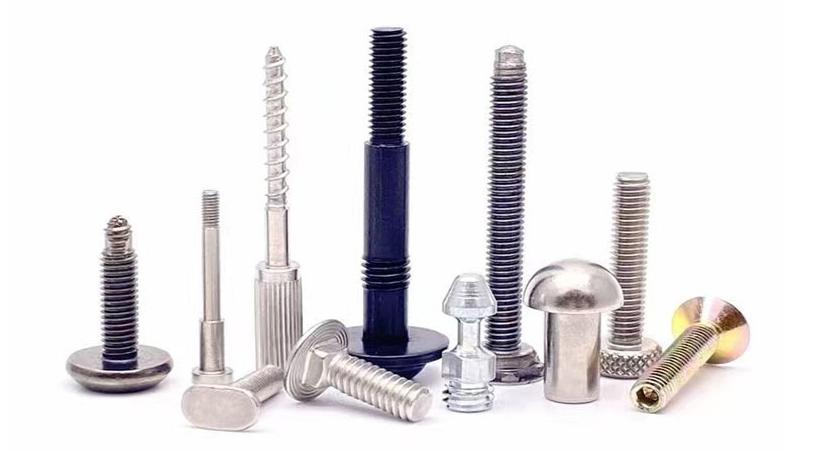
Measuring the Pitch and Diameter of Screw Threads
The pitch of a screw thread is the distance between the crests of two adjacent threads. The diameter of a screw thread is the distance across the threads.
To measure the pitch and diameter of a screw thread, you can use the following tools:
- Vernier caliper: A measuring tool that can be used to measure the pitch and diameter of a screw thread.
- Pitch gauge: A tool that can be used to measure the pitch of a screw thread.
Procedure for Measuring Screw Threads
- Measure the major diameter of the screw thread with a vernier caliper.
- Place the vernier caliper around the screw thread, making sure that the jaws are parallel to the axis of the screw thread.
- Read the major diameter of the screw thread on the vernier scale.
- Measure the pitch of the screw thread with a pitch gauge.
- Insert the blades of the pitch gauge into the screw thread.
- Find the blade that fits snugly into the screw thread.
- The pitch of the screw thread is the number of threads that are contained in one inch of the screw thread.
Once you have measured the pitch and diameter of the screw thread, you can identify the type of screw thread using a thread chart.
Conclusion
Screw threads are an essential component of many different types of machines and devices. They are used to fasten objects together, lock objects in place, transfer motion, and create seals. Understanding the different types of screw threads and how to measure them is an essential skill for anyone who works with threaded fasteners. By measuring the pitch and diameter of a screw thread, you can identify the type of screw thread and ensure that you are using the correct fastener for the job.

